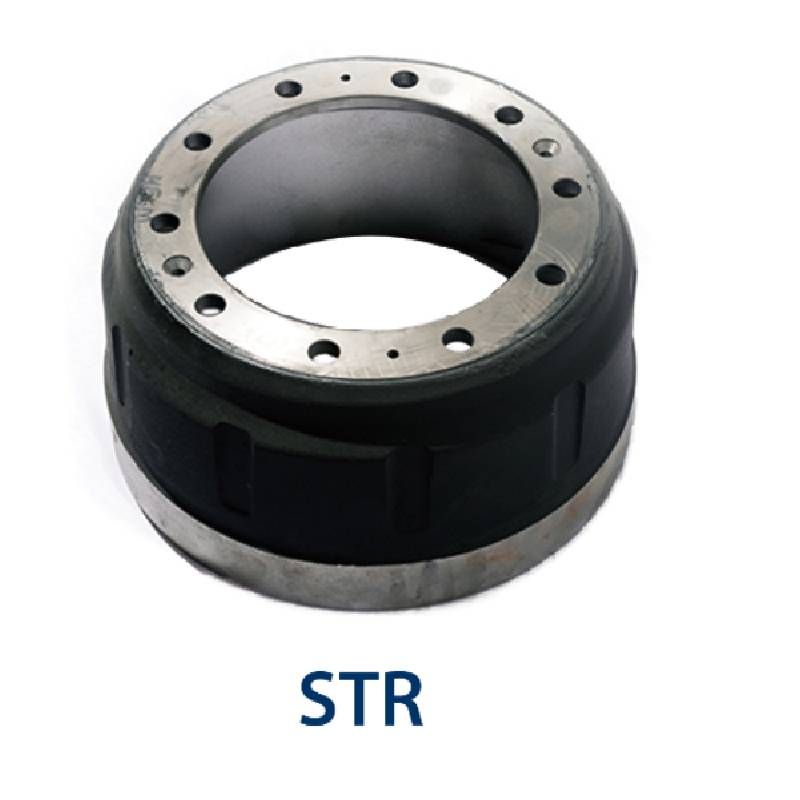Dec . 05, 2024 16:45 Back to list
how to get rid of rust on brake drums
How to Get Rid of Rust on Brake Drums A Comprehensive Guide
Rust on brake drums is a common issue faced by vehicle owners, especially those living in areas with high humidity or where roads are salted during the winter months. Rust not only affects the aesthetic appeal of your vehicle, but it can also compromise the performance of your braking system. In this guide, we will walk you through the steps to effectively remove rust from brake drums and keep your vehicle safe and functioning well.
Understanding the Problem
Brake drums are essential components of a vehicle's braking system, especially in older cars and trucks. They are designed to house the brake shoes, which press against the drum to create the friction necessary to slow down or stop the vehicle. Over time, exposure to moisture, road salt, and other corrosive elements can lead to the formation of rust on these drums. If not addressed, rust can lead to uneven braking, increased wear on brake components, and ultimately, costly repairs.
Tools and Materials Needed
Before you begin, make sure you have the following tools and materials ready - Safety goggles and gloves - Jack and jack stands - Lug wrench - Wire brush or sandpaper - Rust remover or vinegar - Brake cleaner - Paint or rust-inhibiting spray - Microfiber cloth
Step-by-Step Guide to Remove Rust from Brake Drums
1. Safety First Always prioritize safety when working on your vehicle. Ensure you're wearing safety goggles and gloves to protect yourself from debris and chemicals.
2. Lift the Vehicle Use a jack to lift the vehicle and secure it with jack stands. This will provide better access to the brake drums. Make sure the vehicle is on a flat surface and the parking brake is engaged.
3. Remove the Wheel Use a lug wrench to remove the lug nuts and take off the wheel. This will expose the brake drum for cleaning.
how to get rid of rust on brake drums

4. Inspect the Brake Drum Before you start cleaning, inspect the brake drum for signs of damage or severe pitting. If the drum is deeply corroded, it may need to be replaced rather than cleaned.
5. Clean the Brake Drum Use a wire brush or sandpaper to scrub away the rust from the surface of the drum. Be thorough, but take care not to damage the surface. Once the loose rust has been removed, clean the area with brake cleaner to eliminate any dust or debris.
6. Apply Rust Remover For any remaining rust, apply a rust remover or soak a cloth in vinegar and apply it to the rusty areas. Let it sit for about 30 minutes to help break down the corrosion.
7. Final Cleaning After the rust remover has had time to work, scrub the drum again with a wire brush or sandpaper. Wipe down the drum with a microfiber cloth and ensure all rust particles and cleaning residue are removed.
8. Protect the Surface Once the drum is clean and dry, consider applying a coat of rust-inhibiting spray or brake drum paint. This will help prevent future rust formation and prolong the life of the brake drum.
9. Reinstall the Wheel Carefully put the wheel back on and hand-tighten the lug nuts. Lower the vehicle off the jack stands and then use the lug wrench to fully tighten the lug nuts to the manufacturer’s specifications.
10. Test Drive Finally, take your vehicle for a short drive to ensure the brakes function properly. Listen for any unusual noises and feel for any braking issues.
Conclusion
Removing rust from brake drums requires patience and attention to detail, but it is a worthwhile endeavor that can significantly enhance the safety and performance of your vehicle. Regular maintenance and inspection can help prevent rust from forming, ensuring that your braking system remains in optimal condition. Remember, if you encounter severe rust damage, it’s best to consult a professional mechanic for advice, as they can provide solutions tailored to your specific needs. By following these steps, you can keep your vehicle running safely and efficiently for years to come.
-
HINO Industrial Solutions - ¡Ң���ຽ��е��������˾ | Advanced Efficiency&Customization
NewsJul.13,2025
-
HINO Industrial Efficiency Solutions - ¡Ң���ຽ��е��������˾
NewsJul.13,2025
-
HINO Industrial Solutions - ¡Ң���ຽ��е��������˾ | Advanced Technology&Reliability
NewsJul.13,2025
-
HINO Industrial Efficiency-Jiangsu Hino Industrial|Productivity Optimization&Cost Reduction
NewsJul.12,2025
-
HINO-¡Ң���ຽ��е��������˾|Advanced Industrial Solutions&Energy Efficiency
NewsJul.12,2025
-
Premium Brake Drum Iveco – Durable Drum Brake Drum & Brake Shoe Solutions
NewsJul.08,2025
